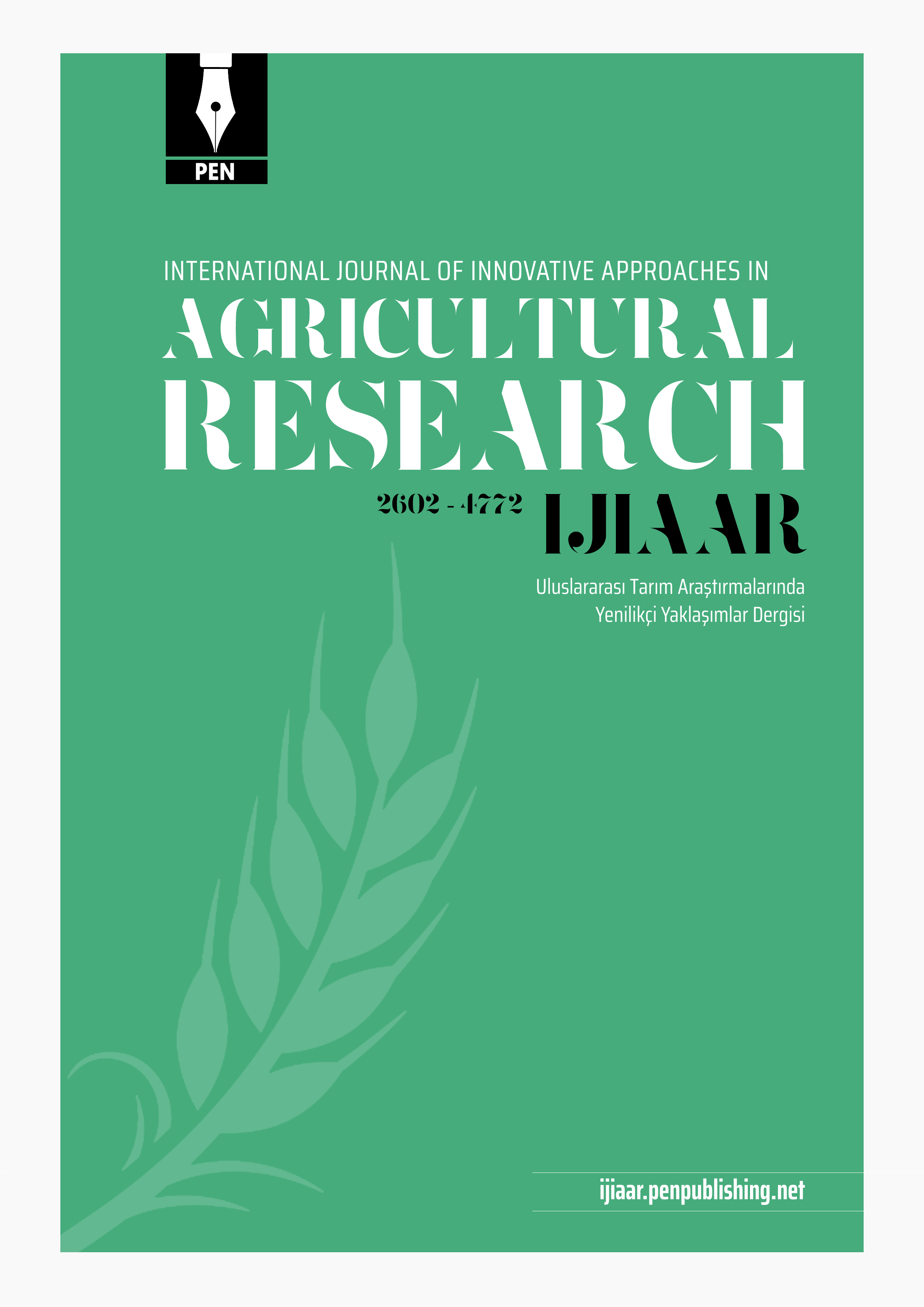
Uluslararası Tarım Araştırmalarında Yenilikçi Yaklaşımlar Dergisi
Yazarlar: Mahı Zıneb, Maurousset Laurence, Belkhodja Moulay , Lemoine Rémi
Konular:-
DOI:10.29329/ijiaar.2019.194.15
Anahtar Kelimeler:Atriplex,Halophytes,Cation,Salt stress
Özet: Atriplex halimus L., endemic to the Mediterranean region and Atriplex canescens (Pursh) Nutt. endemic to the American regions introduced in Algeria are two halophytes of semi-arid to arid regions. Salinity tolerance to NaCl (100, 300 and 600 mM.l-1) of Oran population of halimus L. and El Bayadh population of canescens (Pursh) Nutt. is analyzed. The parameters studied are Na++, K+, Ca++, Mg++ and Cl- . These are studied using two t methods (flame spectrophotometry and microanalysis EDX). In response to NaCl stress, the contents of Ca++ and K+ decrease. However, at low salt concentrations, Ca++ accumulates in the stems and leaves of halimus L. and only in the plant roots of canescens (Pursh) Nutt.. However, the leaves become less and less rich in K+, Mg++ under all salinity treatments in all organs of both species. Na+ accumulates in large amounts in the leaves. However, this accumulation slows down under the effect of salt beyond 300 mM.l-1 in canescens (Pursh) Nutt. while the load in this cation increases in the stems and roots. Therefore, halimus L. is one halophyte of "includer" type whereas canescens (Pursh) Nutt. is "includer" one at concentrations low or equal to 300 mM.l-1. But at 600 mM.l-1, the plant changes to become an"excluder" halophyte. This change in the type can be a way to avoid the harmful effects of stress resulting from ionic salt stress in this species. On the other hand, microanalysis (EDX) shows that the Ca++ and Na+ are two essential elements of halimus L. roots and that only Ca++ is for canescens (Pursh) Nutt.. At the level of leaves, Na+ and Cl- essentially characterize halimus L. However, for plants of canescens (Pursh) Nutt., K+ and Cl- are dominant. Na+ then represents the specific component of the roots and leaves of halimus L. and K+ represents the specific element of canescens (Pursh) Nutt. leaves.